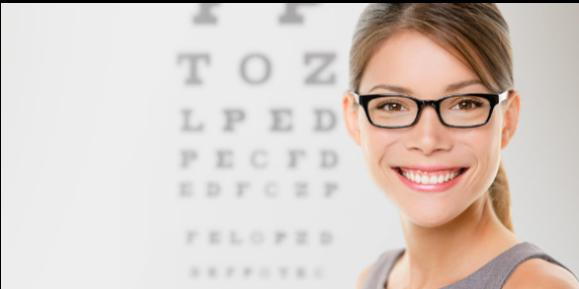Your Guide to Common Eye Disorders and Their Symptoms

- posted: Oct. 10, 2023
Introduction
At A New Vision P.C., a leading optometry clinic in Beaverton, Oregon, we believe that knowledge is key to maintaining good eye health. Understanding common eye disorders and their symptoms can help you recognize when it's time to seek professional help. In this guide, we'll delve into some of the most common eye disorders, their symptoms, and potential treatments.
Common Eye Disorders and Their Symptoms
Refractive disorders and ocular health disorders can range from mild conditions that resolve on their own to serious diseases that require medical attention. Here are some of the most common ones:
Myopia (Nearsightedness)
Myopia, or nearsightedness, is a common refractive condition that affects your ability to see distant objects clearly. If you have myopia, you will find that while close objects appear clear, distant objects are blurry. This is often due to the eye elongating (i.e., growing too long from front to back). Symptoms include squinting, eye strain, and headaches. Regular eye exams are crucial for early detection and treatment, which may include compensating lenses in the form of glasses or contact lenses.
Hyperopia (Farsightedness)
Hyperopia, or farsightedness, is the opposite of myopia. With hyperopia, distant objects are clear, but close ones are blurry. This typically occurs when the eye is too short from front to back. Symptoms can include blurry vision, particularly when reading or doing close work, eye strain, and headaches. Like myopia, hyperopia can be compensated with glasses or contact lenses.
Astigmatism
Astigmatism is a common refractive condition that causes blurred or distorted vision at all distances. It can be present at birth, develop over time, and can occur alongside myopia or hyperopia. Astigmatism happens when the cornea or lens has an irregular shape, causing light to be focused unevenly on the retina. Symptoms can include blurry, fuzzy, or distorted vision, eye discomfort, and headaches. Compensating lenses can help to improve vision affected by astigmatism.
Presbyopia
Presbyopia is an age-related condition that affects your ability to focus on close objects. It is a natural part of aging and usually becomes noticeable in the mid-to-late 40s. Symptoms include needing to hold reading materials at arm's length, blurred vision at normal reading distance, and eye fatigue along with headaches when doing close work. Reading glasses or multifocal lenses can help manage presbyopia.
Glaucoma
Glaucoma is an ocular disease that damages the optic nerve, often due to high eye pressure. It is a leading cause of blindness for people over 60, but blindness can often be prevented with early treatment. Symptoms can include patchy blind spots in your peripheral or central vision, often in both eyes, tunnel vision in the advanced stages, eye redness, and severe headache. Regular eye exams, which include measurements of your eye pressure and evaluation of the optic nerve can help detect glaucoma early.
Age-Related Macular Degeneration (AMD)
AMD is a common eye condition among people age 50 and older. It is a leading cause of vision loss in older adults. AMD affects the macula, the part of the eye that allows you to see fine detail. Early symptoms may include blurred areas in your central field of vision or unusually fuzzy or distorted vision. Regular eye exams can detect AMD early and treatment can help slow vision loss.
Conclusion
If you are experiencing any of these symptoms, it is important to schedule an eye exam at A New Vision P.C. in Beaverton, Oregon. Early detection and treatment can prevent vision loss and help keep your eyes healthy.
Contact Us
We look forward to hearing from you.
Hours of Operation
9:00am
5:00pm
9:00am
5:00pm
9:00am
5:00pm
9:00am
5:00pm
9:00am
3:00pm
Closed
Closed
Closed
Closed
Locations
Find us on the map
A New Vision Location
4655 SW Griffith Drive #165
Beaverton, OR 97005, US


